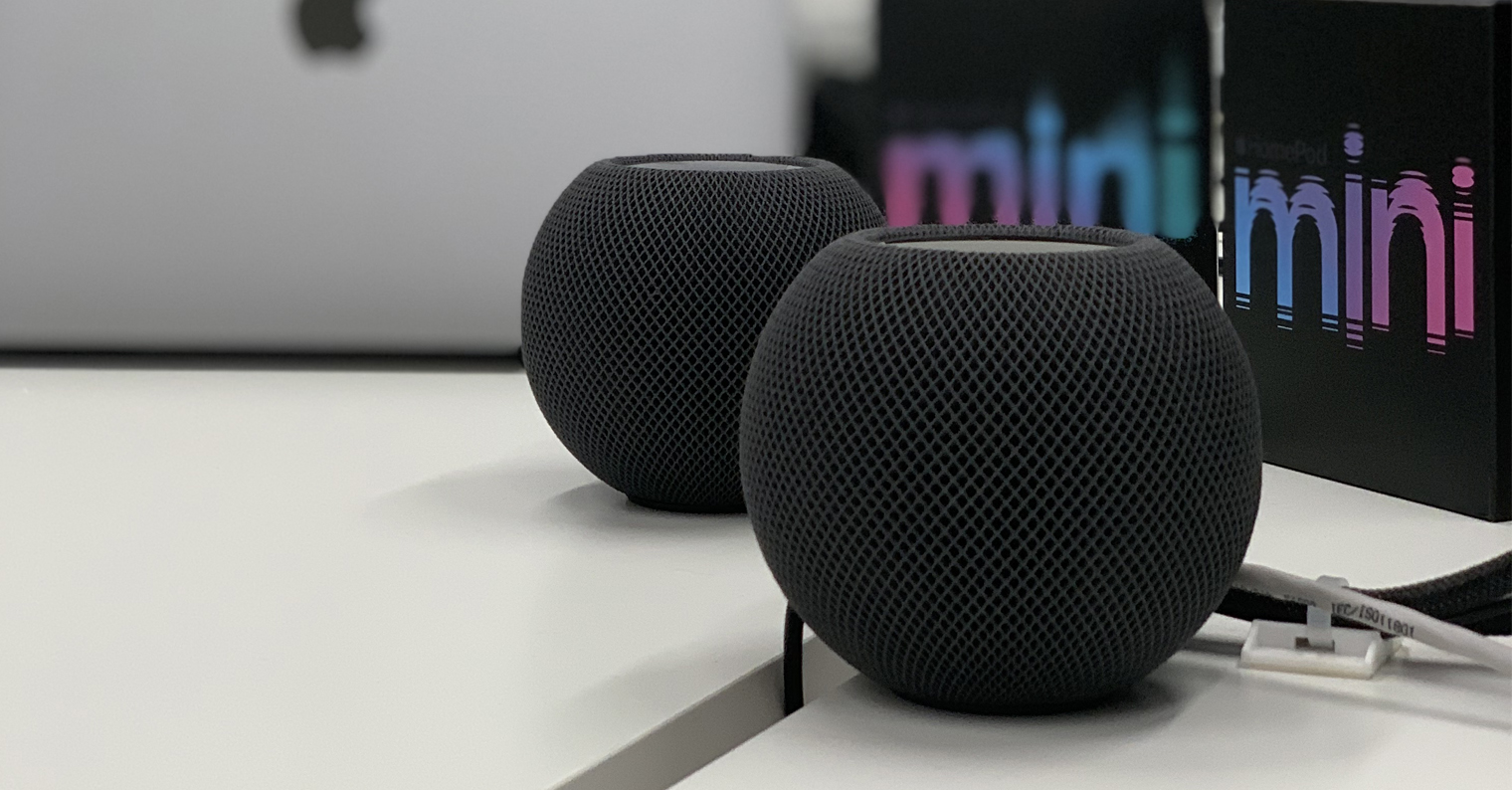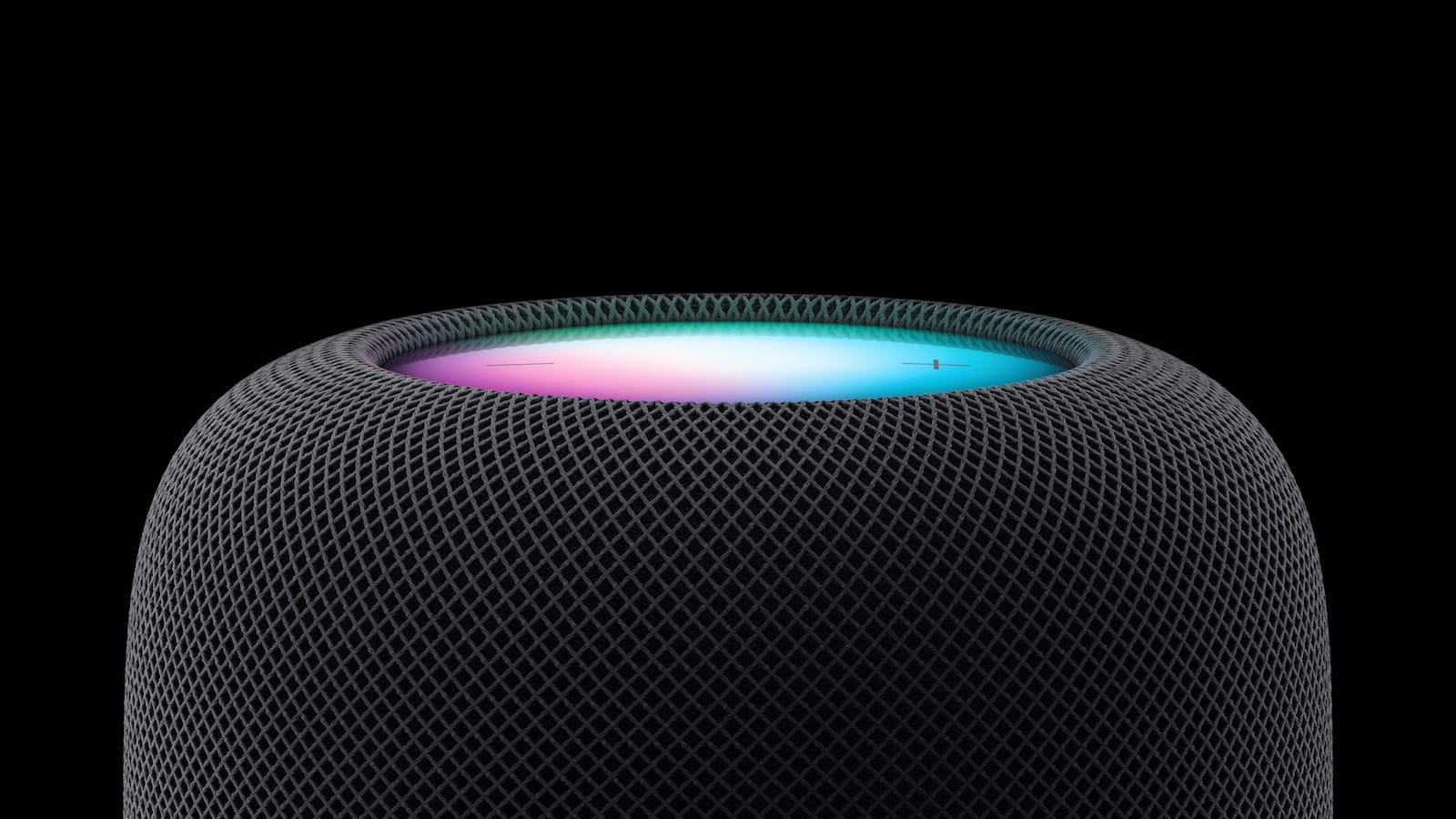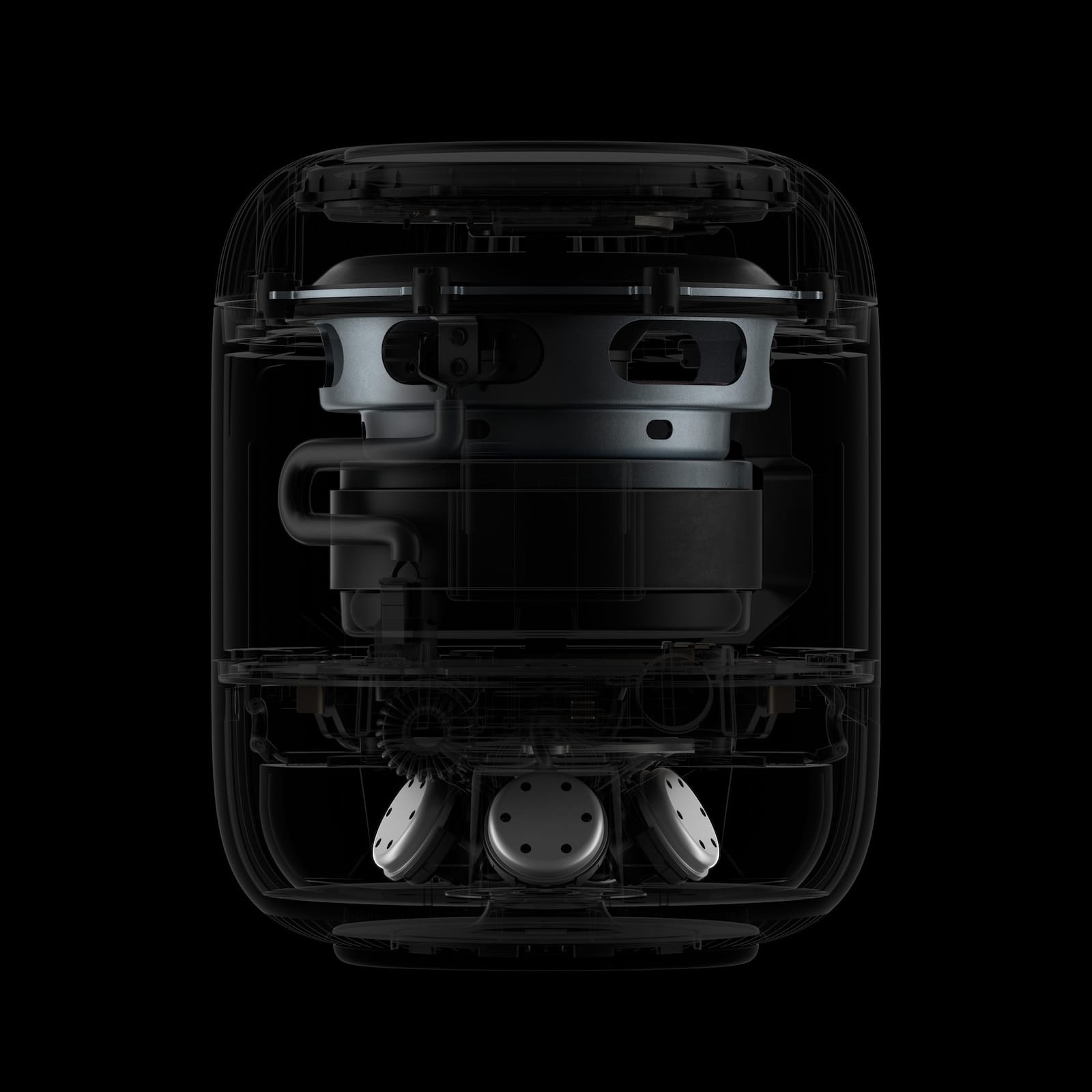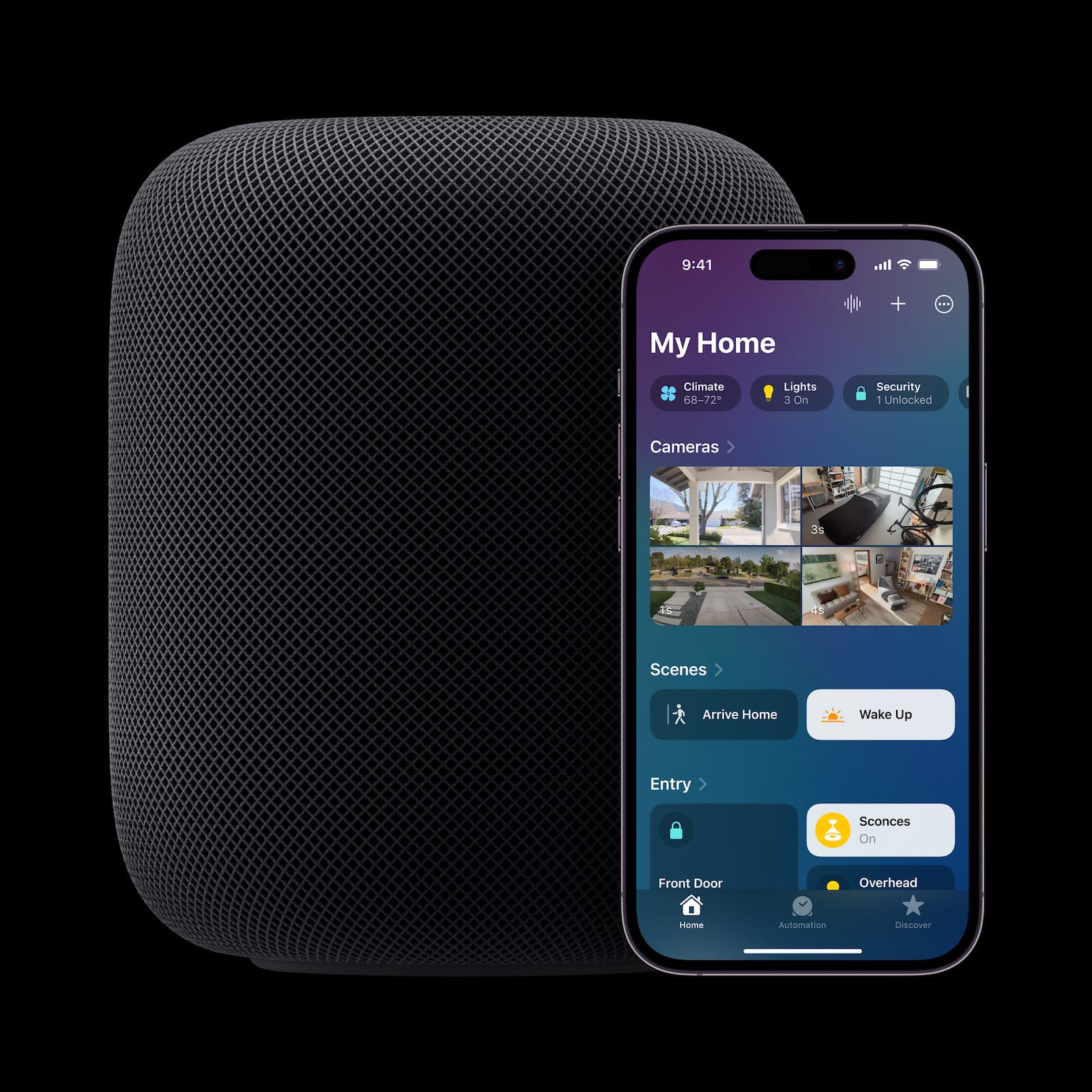Apple has prepared for its fans a really busy entry into the new year 2023. In mid-January, it introduced three new products – 14″ and 16″ MacBook Pro, Mac mini and HomePod (2nd generation) – which attract the attention of fans thanks to their performance and new functions. The surprise is a particularly smart HomePod speaker, which, together with the earlier HomePod mini, can contribute to a major expansion of the Apple HomeKit smart home.
It could be interest you

The first HomePod entered the market already in 2018. Unfortunately, due to low sales, Apple was forced to cancel it, which happened in 2021, when it officially withdrew from the Apple offer. However, there were various speculations and leaks about his return for a long time. And they have now been confirmed. Although the new HomePod (2nd generation) comes in a practically identical design, it also boasts high-quality sound, a more powerful chipset and relatively useful sensors that we would not find in its predecessor. We are talking about sensors for measuring temperature and air humidity. At the same time, it also turned out that the aforementioned HomePod mini also has this feature. Apple will make the capabilities of these sensors available very soon through a software update.
HomeKit capabilities will soon expand
Although at first glance sensors for measuring air temperature and humidity may not look groundbreaking, it is important to consider their potential. The resulting data can then be used to create various automations and thus completely automate the entire household. For example, as soon as the air humidity drops below a certain level, a smart humidifier can be activated immediately, in the case of temperature, the heating can be adjusted, and so on.
In this regard, the possibilities are practically unlimited and it will depend on each user and his preferences. This is an extremely important step by Apple. HomePod mini or HomePod (2nd generation) can function as so-called home centers (with support for Matter), which practically makes them the administrator of the entire smart household. It will no longer be necessary to purchase additional HomeKit sensors, as their role will be played directly by the HomePod itself, or HomePod mini, or HomePod (2nd generation). This is great news especially for smart home fans.

Why did Apple wait to activate the sensors?
On the other hand, it also opens up an interesting discussion. Apple users are wondering why Apple waited until now with such a novelty. As we mentioned above, the HomePod mini, which, by the way, has been available on the market since the end of 2020, has had the aforementioned sensors throughout its existence. The Cupertino giant has barely mentioned them officially and has kept them under software lock until now. This brings with it an interesting theory about whether he didn't wait until the arrival of the HomePod (2nd generation) to activate them, so that he could present them as a major novelty.
It could be interest you

In general, there are opinions on discussion forums that the new HomePod (2nd generation) does not bring the desired change, in fact, quite the opposite. Many Apple fans, on the other hand, are more inclined to criticize, pointing out that the new model does not exactly differ twice from the first generation, not even when looking at the price. However, we will have to wait for the actual testing for more detailed information.





 Adam Kos
Adam Kos